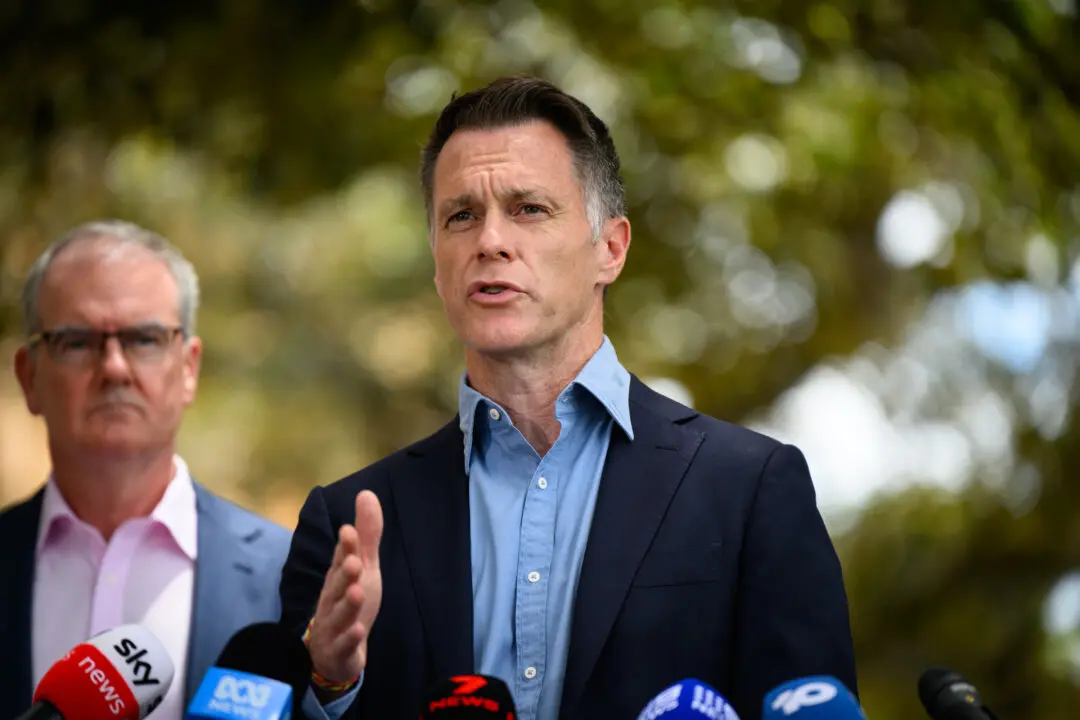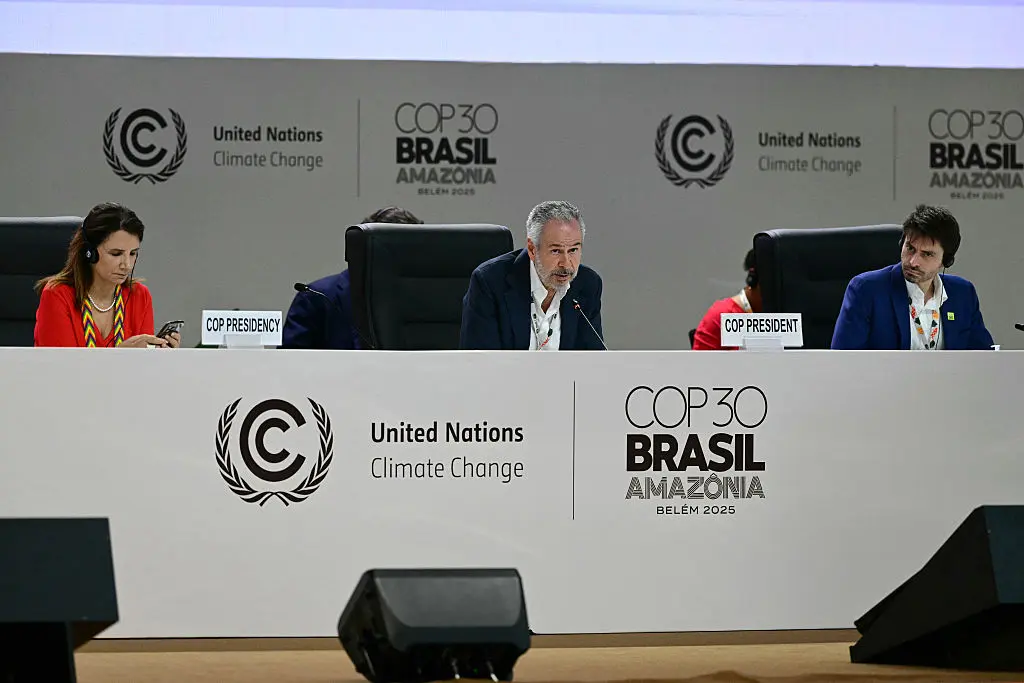Australia’s Productivity Commission (PC) has identified 15 key reform areas to help pull the country out of the quagmire of sluggish productivity growth, where it has remained entrenched for a decade.
Following the release of the PC’s Productivity Pitch in December 2024, the commission collected more than 500 ideas from all over Australia about improving productivity across the economy.





